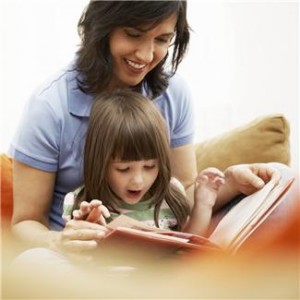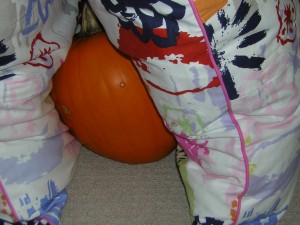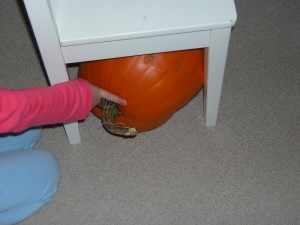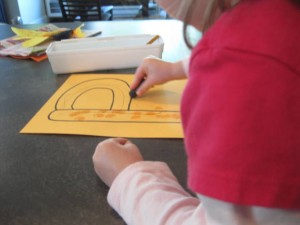Have you ever told someone in your house something and later they don’t even remember that you have said anything at all? It may not be that the other person has a bad memory but a different memory style. Some people are very visual and best remember things that they see or read–they need memos. Others best remember things that they do; these people are very hands-on. Other people remember what they hear–these are the ones that can recall exactly what you said. While we use all these memory channels usually one area is stronger than the others.

Helping children develop memory skills is important for kindergarten readiness. How well children remember information is key to doing well at school and later. One of the best ways to help kids with their auditory or hearing memory is to share books and stories. Even brand new little ones enjoy the snuggle and the sound of the voice. Some children like to hear the same story over and over until they can remember every word. If your day doesn’t have a space for curling up with a book tell your child a story that you remember. Besides readiness for kindergarten, books and stories are lots of fun.
Last month was the 25th anniversary of the Magic School Bus. Scholastic Staff member Caitlin’s comment is a perfect example of the power of an auditory memory; “Even hearing a bus honk now takes me back to 5th grade science when we would watch the show or read the book in class and then talk about what the Friz and her class found.” I can remember my grandmother reciting the Gingham Dog and The Calico Cat and can almost hear her voice. What’s your favorite book or story memory?



